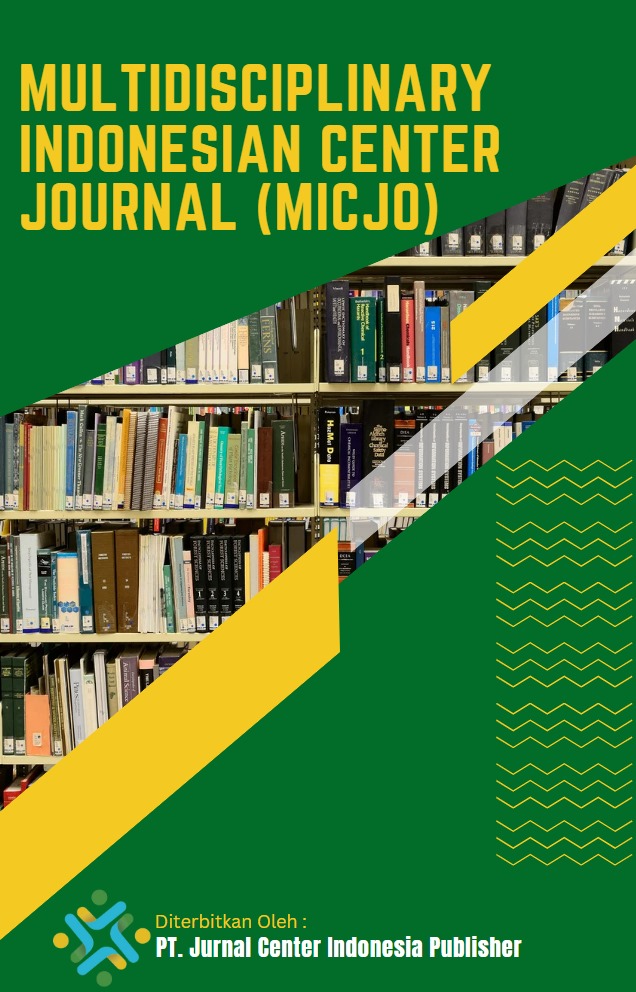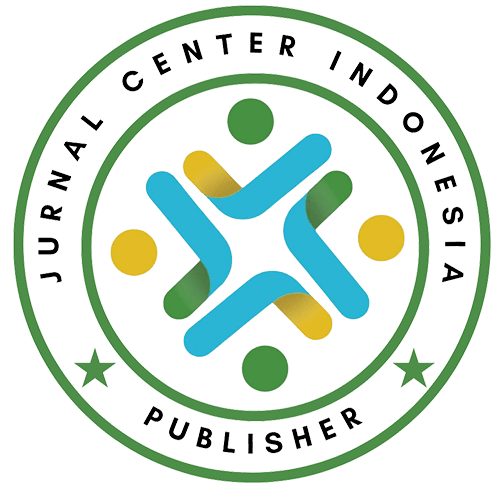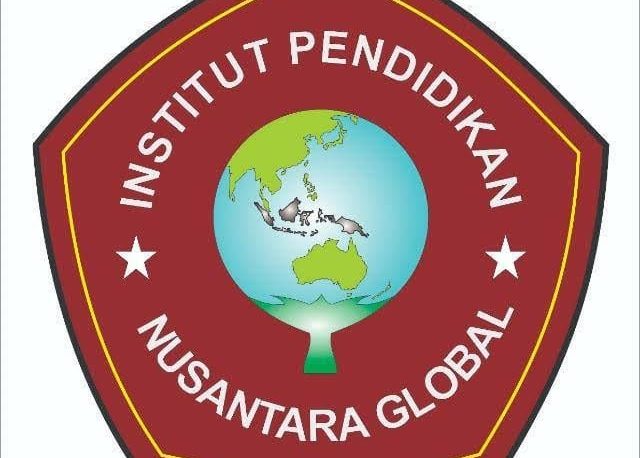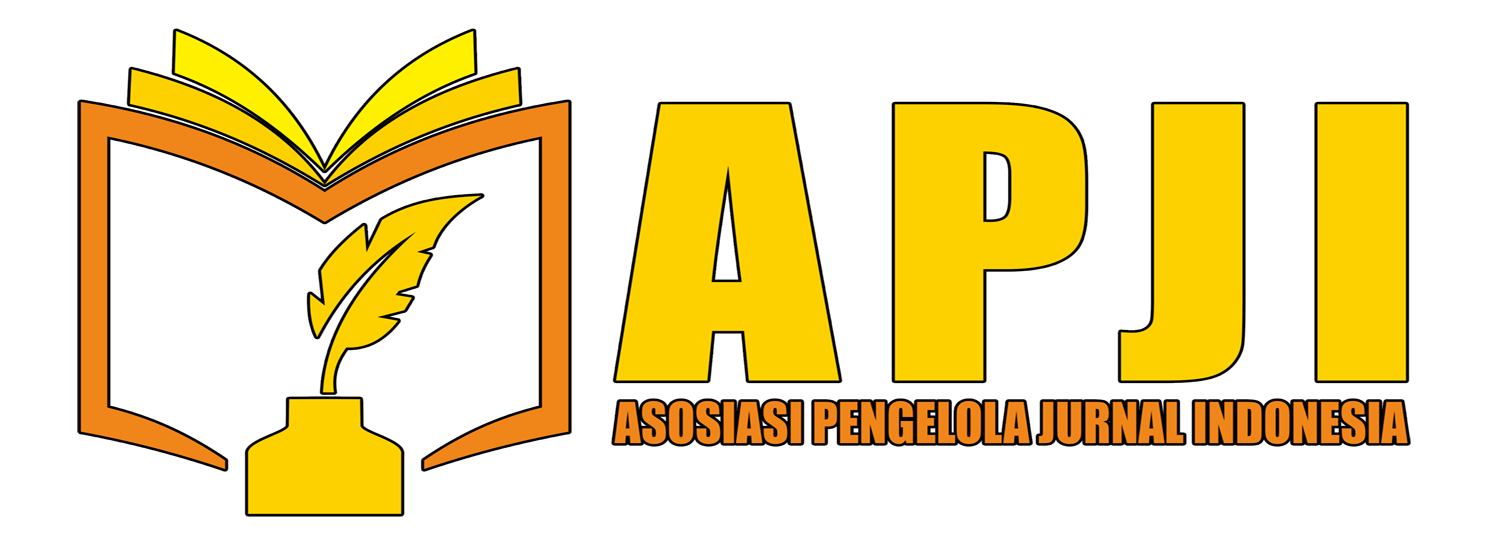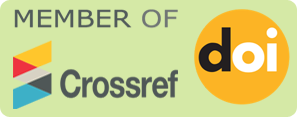DEVELOPING LEARNING MATERIALS ORIENTED TO A REALISTIC MATHEMATICS EDUCATION APPROACH INTEGRATED WITH ETHNOMATHEMATICS TO ENHANCE STUDENTS’ MATHEMATICAL PROBLEM-SOLVING SKILLS
DOI:
https://doi.org/10.62567/micjo.v2i4.1478Keywords:
Learning Device, Realistic Mathematics Education, Ethnomathematics, Mathematical Problem-Solving Ability.Abstract
This research aims to develop a mathematics learning device oriented toward the Realistic Mathematics Education (RME) approach based on Ethnomathematics to improve students’ mathematical problem-solving skills at MTs Negeri 3 Tapanuli Selatan. The study employed a Research and Development (R&D) design using the 4-D model, which consists of four stages: defining, designing, developing, and disseminating. The research subjects were 36 seventh-grade students in the second semester of the 2022/2023 academic year. The instruments used included expert validation sheets, teacher and student practicality questionnaires, classroom observation sheets, and mathematical problem-solving tests. The results revealed that the developed learning device achieved an average expert validation score of 4.25 in the very valid category in terms of content, language, and presentation. The practicality test showed that the teacher’s response reached 89% and the students’ response reached 91%, categorized as very practical, indicating that the device was easy to use and engaging for students. The effectiveness test showed an average N-Gain score of 0.52 (moderate category) with 86.11% of students achieving mastery learning, signifying that the learning device was effective in enhancing students’ mathematical problem-solving abilities.
The integration of the realistic mathematics approach with local cultural elements (ethnomathematics) successfully created meaningful and contextual learning experiences while fostering students’ appreciation for their cultural heritage. Therefore, the developed learning device is feasible to be implemented as an innovative mathematics learning medium based on cultural contexts in junior high schools and madrasah.
Downloads
References
D’Ambrosio, U. (1985). Ethnomathematics and Its Place in the History and Pedagogy of Mathematics. For the Learning of Mathematics, 5(1), 44–48.
Fitriatien, S. (2016). Pendekatan Etnomatematika dalam Pembelajaran Matematika Sekolah Dasar. Surabaya: Unesa Press.
Freudenthal, H. (1991). Revisiting Mathematics Education. Dordrecht: Kluwer Academic Publishers.
Khabibah, S. (2006). Pengembangan Perangkat Pembelajaran Matematika dengan Pendekatan Pemecahan Masalah. Surabaya: UNESA.
NCTM. (2000). Principles and Standards for School Mathematics. Reston, VA: National Council of Teachers of Mathematics.
Nieveen, N. (1999). Prototyping to Reach Product Quality. Dordrecht: Kluwer Academic Publishers.
Polya, G. (1973). How to Solve It: A New Aspect of Mathematical Method. Princeton: Princeton University Press.
Rahman, A. A. (2017). Efektivitas Pendekatan Realistik dalam Meningkatkan Kemampuan Pemecahan Masalah Matematis. Jurnal Pendidikan Matematika, 8(2), 79–85.
Thiagarajan, S., Semmel, D. S., & Semmel, M. I. (1974). Instructional Development for Training Teachers of Exceptional Children: A Sourcebook. Bloomington: Indiana University.
Wijaya, A. (2012). Pendidikan Matematika Realistik: Suatu Alternatif Pendekatan Pembelajaran Matematika di Sekolah. Yogyakarta: Graha Ilmu.
Yesi, & Amidi. (2022). Model PBL-RME Bernuansa Etnomatematika untuk Meningkatkan Kemampuan Pemecahan Masalah. Jurnal Matematika dan Pembelajarannya, 10(1), 25–34.
Downloads
Published
How to Cite
Issue
Section
License
Copyright (c) 2025 Embin Nasution, Ahmad Nizar Rangkuti, Mariam Nasution

This work is licensed under a Creative Commons Attribution-ShareAlike 4.0 International License.

